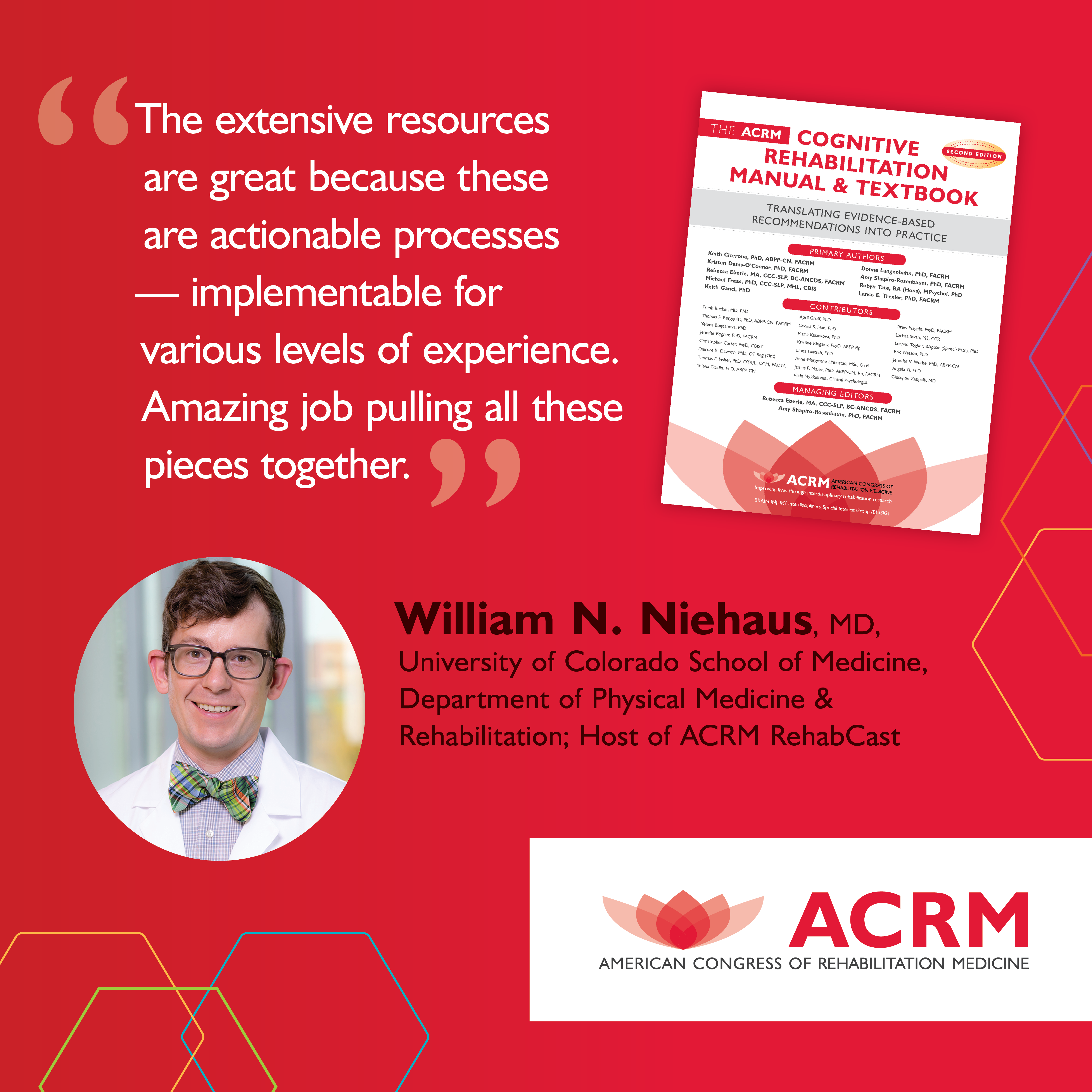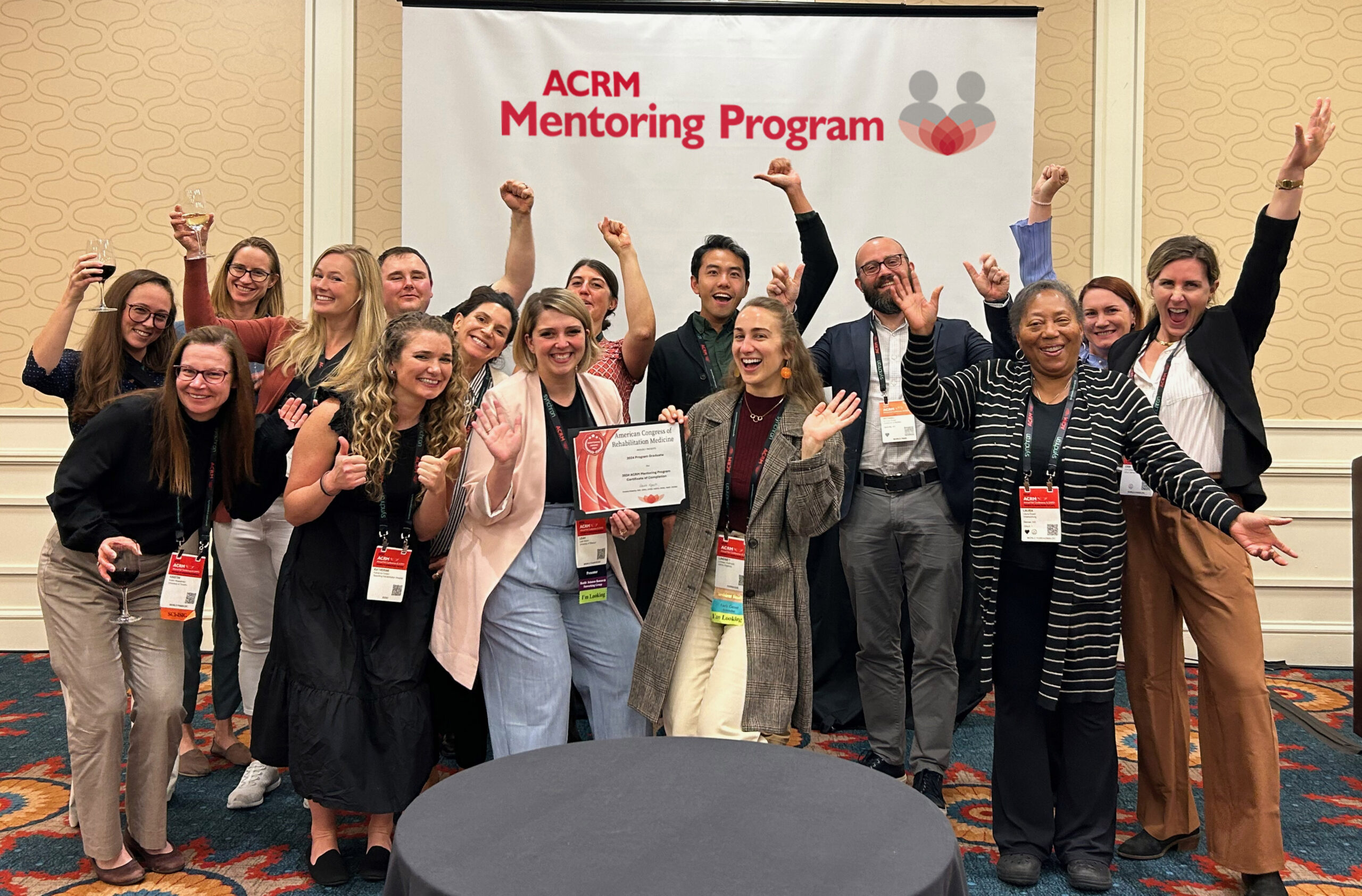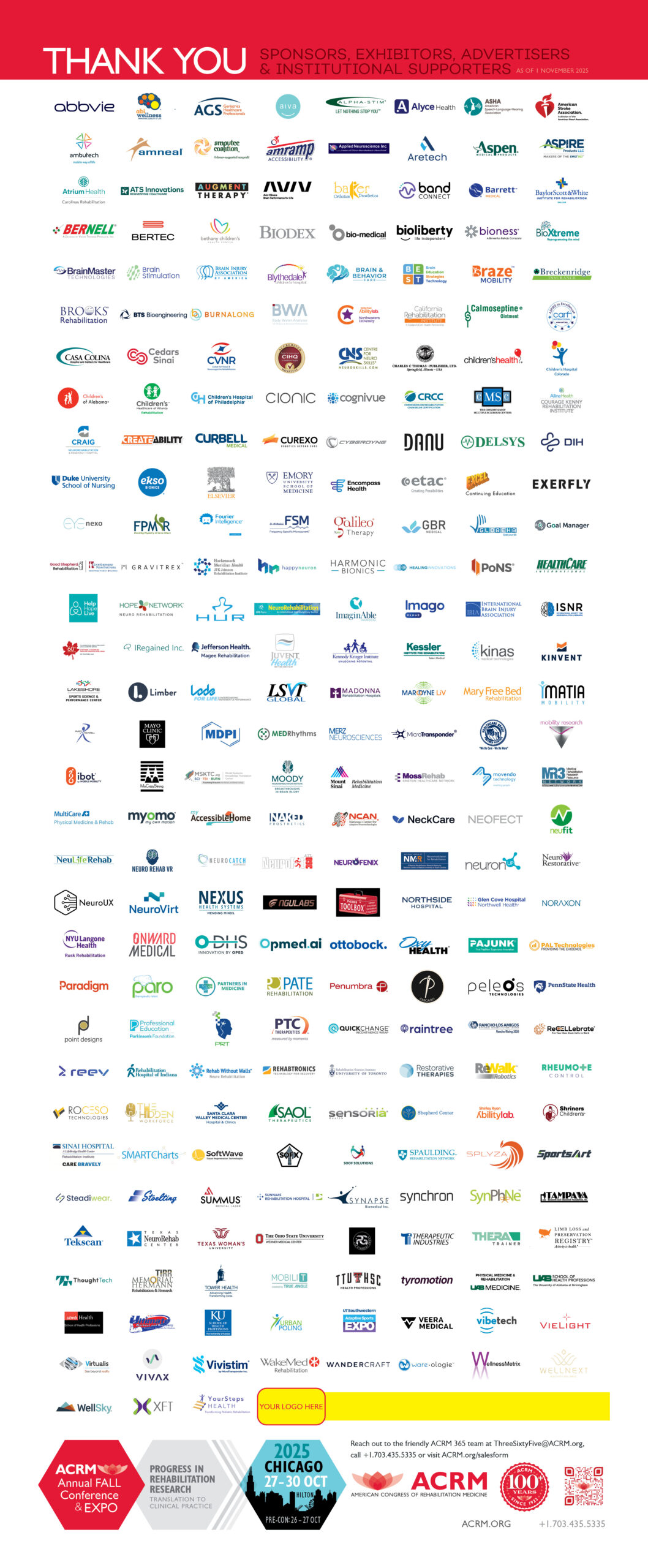Hip replacement rehabilitation has been changing in the past few years, moving towards getting patients moving as quickly as possible. Previously, the day of surgery was a day of rest, but therapists are often getting patients to begin simple exercises like ankle pumps, leg lifts, and heel slide hours after surgery. The same is true with hospital stays — instead of staying a week or longer, hip replacement patients are leaving after 2 –3 days — and some leave even sooner!
In today’s post, we’ll be looking at the process of hip replacement rehabilitation and how rehabilitation medicine research has been changing the way we serve our patients. Here at ACRM we are proud to share the news in the field of rehabilitation medicine and connect professionals with others who share their interest. Join the ACRM today to take advantage of our ACRM Journal and our supportive, welcoming member culture.
Inpatient Rehabilitation
There are several benefits to patients, especially older patients, spending a little more time in the hospital and engaging in inpatient rehab. A hospital can provide fast, effective pain control than patients can achieve at home. And if a patient has an adverse reaction to a certain medication, a rehabilitation medicine professional can make a quick adjustment without making the patient sick. Trying to get a new pain medication from home can take time.
If there a post operative medical complications, a patient can receive medical care quickly. Spending a bit more time in the hospital give patients access to doctors, nurses, and other rehabilitation medicine that they simply don’t have access to at home.
Inpatient rehabilitation also provides regular guided physical therapy. While patients should be performing exercises at home, they can forget to do them, or do them with improper form. An inpatient rehab therapist can reinforce techniques and patients often leave more confident in their rehab plan.

Physical Therapy
Physical therapy is one of the most important parts of orthopedic surgery recovery plan. Rehabilitation medicine focuses on what patients can do in the day to day to create healthy habits and improve their lives. Following a hip replacement, patients need to be consistent and dedicated to their physical therapy plan if they want to meet their recovery goals.
General Hip Replace Recovery Timeline:
- Walking with cane: 2–4 weeks
- Walking unassisted: 4–6 weeks
- Stairs with assistance: 1 week
- Seated work: 4 weeks
- Stairs unassisted: 4–6 weeks
Innovations in Hip Surgery
As more and more Baby Boomers grow older and find themselves needing hip replacements, orthopedic surgeons and medical researchers are finding new and innovative ways to treat their patients. Boomers are pushing for hip and other joint replacements that allow them to keep moving, and engaging in activities like golfing, biking, tennis, skiing, and more.
Same-Day Procedure
More and more younger, active patients are wearing out their joints and needing hip replacements. And these patients also want their surgery and recovery to be a short as possible. A new, nontraditional approach, has been developed by Dr. Roy Davidovich, an orthopedic surgeon at NYU Langone health that promises a short recovery time — so short that you can leave the same day.
The procedure uses a small, 3-inch incision and makes for minimally invasive surgery. The surgeon also utilizes a special surgical table that causes less damage to muscles surrounding the hip. All of this combines to less post-op pain and a faster recovery.
Hip Resurfacing Implant
For patients with severe arthritis of the hip, a hip resurfacing can be a good alternative to a total hip replacement. While a traditional total hip replacement involves replacing the damaged bone and cartilage with a metal, plastic, or ceramic component, a hip resurfacing keeps the bone intact. Instead, the femoral head is tripped and capped with a smooth metal covering.
Join ACRM
The ACRM interdisciplinary Lifestyle Medicine Group is a wonderful resource for those interested in rehabilitation medicine such as hip replacement therapy. Learn the benefits of joining ACRM as well as member dues and membership application.
The ACRM conference is another great way to network with colleagues and keep up with the latest trends in rehabilitation medicine. And if you enjoyed this article, you may also be interested in joining our Pain Rehabilitation Networking Group. Join ACRM today to contribute to the conversation and research surrounding traumatic brain injury recovery.









